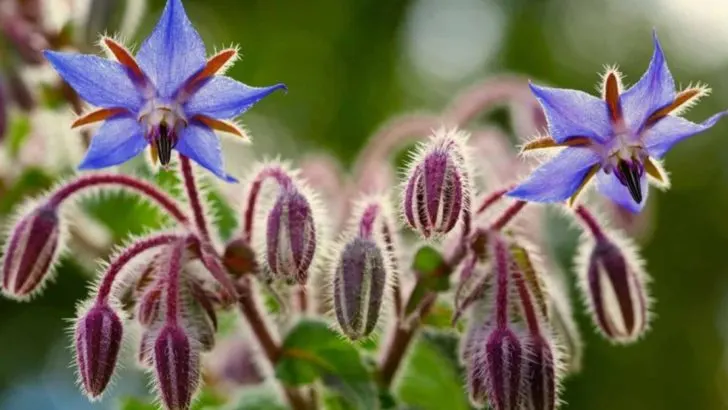Pollinators like bees, butterflies, hummingbirds, and beetles play a crucial role in maintaining ecosystems and ensuring food production. However, due to habitat loss, pesticide use, and climate change, their populations are in decline.
By incorporating pollinator-friendly plants into your garden, you can create a thriving environment that supports biodiversity while also enhancing your outdoor space. Choosing the right plants will not only attract these essential creatures but also improve soil health, boost crop yields, and contribute to a more balanced ecosystem.
Discover the best pollinator-friendly plants and simple ways to turn your garden into a sanctuary for nature’s hardest workers.
Lavender
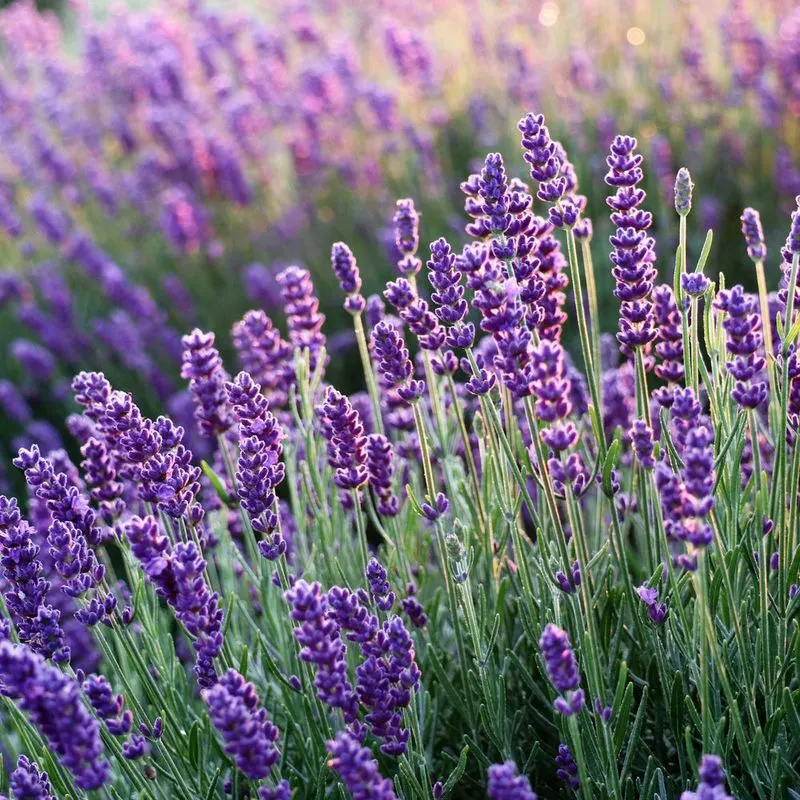
Lavender is cherished for its aromatic fragrance and vibrant purple blooms. Its abundant nectar attracts pollinators like bees and butterflies, making it an essential addition to any garden. The plant’s drought-resistant nature ensures it thrives in various climates, offering a reliable food source throughout the blooming season. Additionally, its ability to repel pests makes it a natural choice for eco-friendly gardening. With lavender, you not only enjoy a visually appealing landscape but also contribute to a thriving ecosystem. Consider planting lavender to support pollinators and enhance biodiversity in your garden.
Echinacea
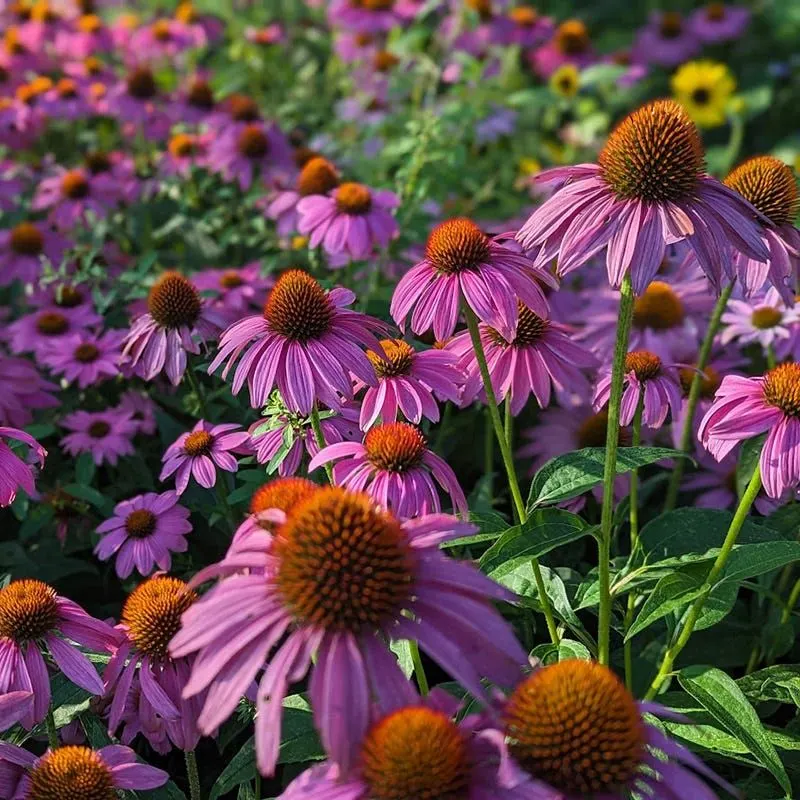
Echinacea, commonly known as coneflower, stands out with its striking pink petals and cone-shaped centers. Its rich supply of nectar is a magnet for bees and butterflies, playing a crucial role in pollinator support. This hardy perennial is not only easy to grow but also resilient to harsh weather, ensuring continuous nourishment for pollinators year after year. Echinacea’s medicinal properties add another layer of benefit, offering natural remedies for humans. By incorporating echinacea into your garden, you provide a sanctuary for pollinators and enjoy its beauty and health benefits.
Sunflower
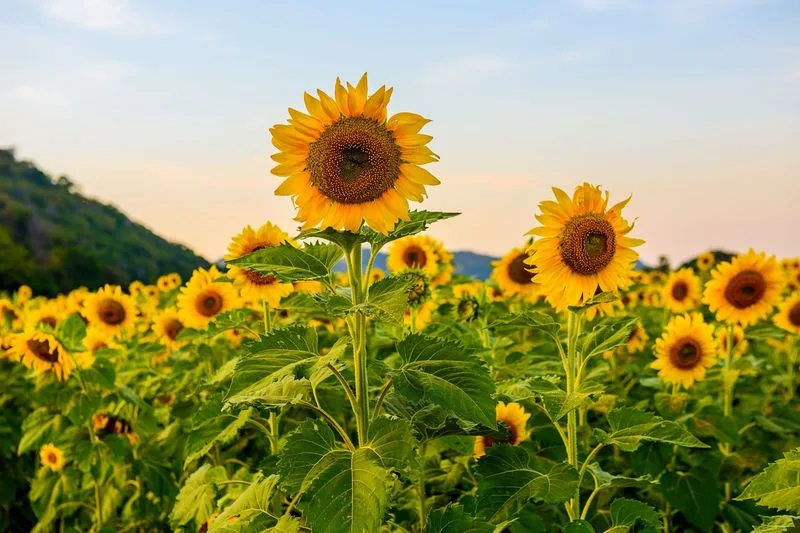
Sunflowers are synonymous with summer and vitality, easily recognized by their towering stems and bright yellow blooms. Their abundant pollen and nectar are irresistible to bees, drawing them in vast numbers. Not only do they support pollinators, but sunflowers also provide seeds that feed birds, enriching the ecosystem. Their robust nature allows them to thrive in various soil types, making them a versatile choice for gardeners. By planting sunflowers, you invite a burst of color and life to your garden while supporting essential pollinators and other wildlife.
Bee Balm
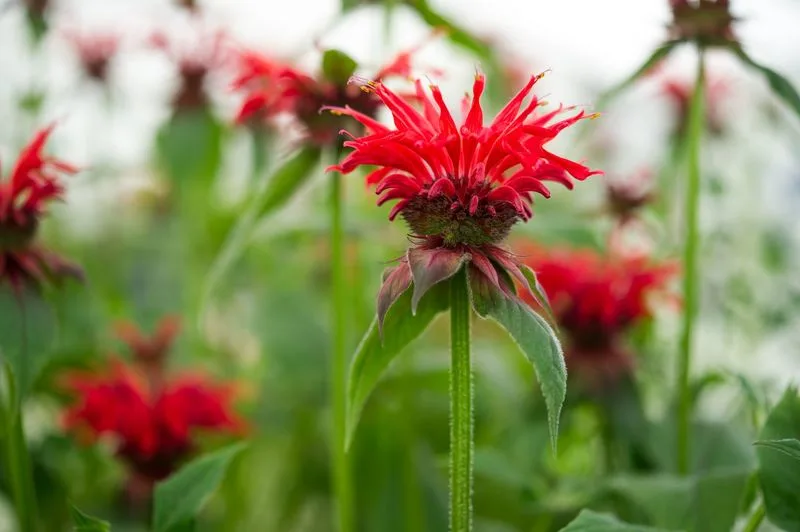
Bee Balm, true to its name, is a favorite among pollinators. Its vibrant red and pink blooms attract bees and hummingbirds, adding dynamic movement to any garden. Known for its aromatic leaves, bee balm also serves culinary and medicinal purposes for humans. This plant thrives in sunlit areas, spreading easily to create a lush, pollinator-friendly environment. Incorporating bee balm in your landscape design fosters biodiversity by providing essential resources for pollinators while adding a splash of color and fragrance to your outdoor space.
Borage

Borage, with its star-shaped blue flowers, is a magnet for bees, offering copious amounts of nectar. This annual herb not only supports pollinators but is also edible for humans, adding a cucumber-like taste to salads. Borage’s ability to improve soil quality through its deep roots makes it a beneficial companion plant. Its quick growth and self-seeding nature ensure it returns each year, providing continuous support for pollinators. Planting borage enriches your garden by enhancing biodiversity and offering culinary delights.
Goldenrod
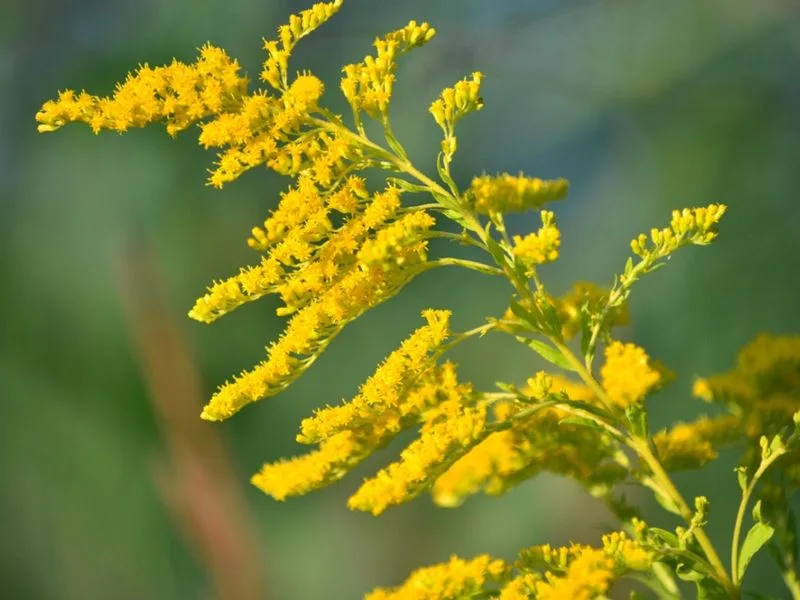
Goldenrod may be misunderstood as a cause of allergies, but it is, in fact, a vital pollinator plant. Its bright yellow flowers bloom late in the season, providing essential nectar for bees and butterflies preparing for winter. Goldenrod’s adaptability to various soils helps it thrive across diverse landscapes, making it an ideal choice for supporting biodiversity. Incorporating goldenrod into your garden not only benefits pollinators but also adds vibrant color during the fall. Embrace goldenrod to create a haven for pollinators and extend the blooming season.
Butterfly Bush
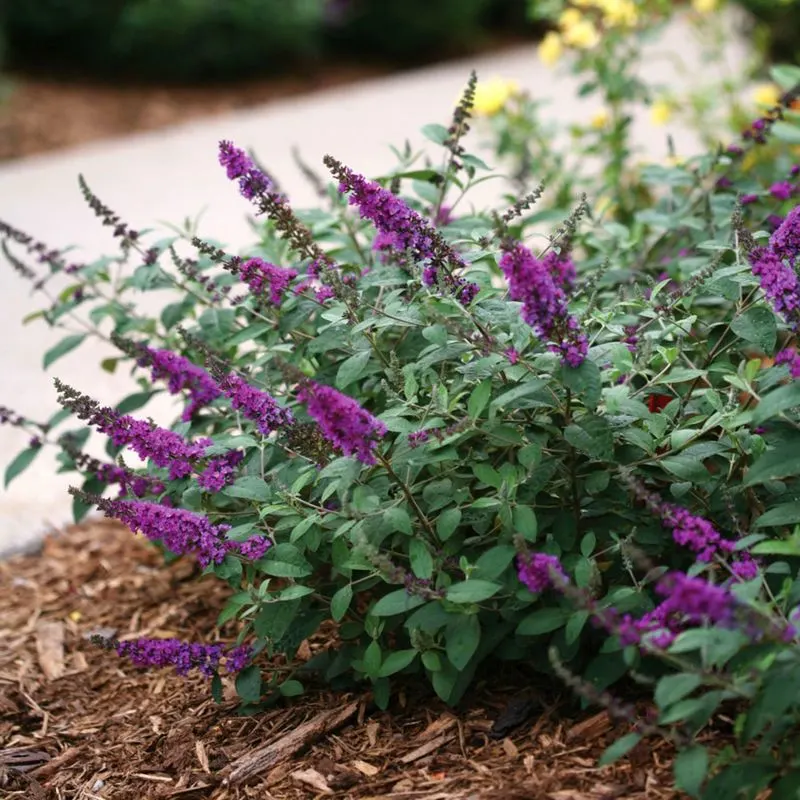
The Butterfly Bush, known for its clusters of purple blooms, is a magnet for butterflies and bees. Its sweet fragrance and nectar-rich flowers provide essential resources, supporting pollinators throughout the growing season. Thriving in sunny locations, this hardy shrub is easy to maintain and adds vertical interest to gardens. It can become invasive, so care should be taken to manage its growth. With the butterfly bush, your garden becomes a vibrant hub of activity, inviting pollinators while enhancing the aesthetic appeal of your outdoor space.
Dandelion
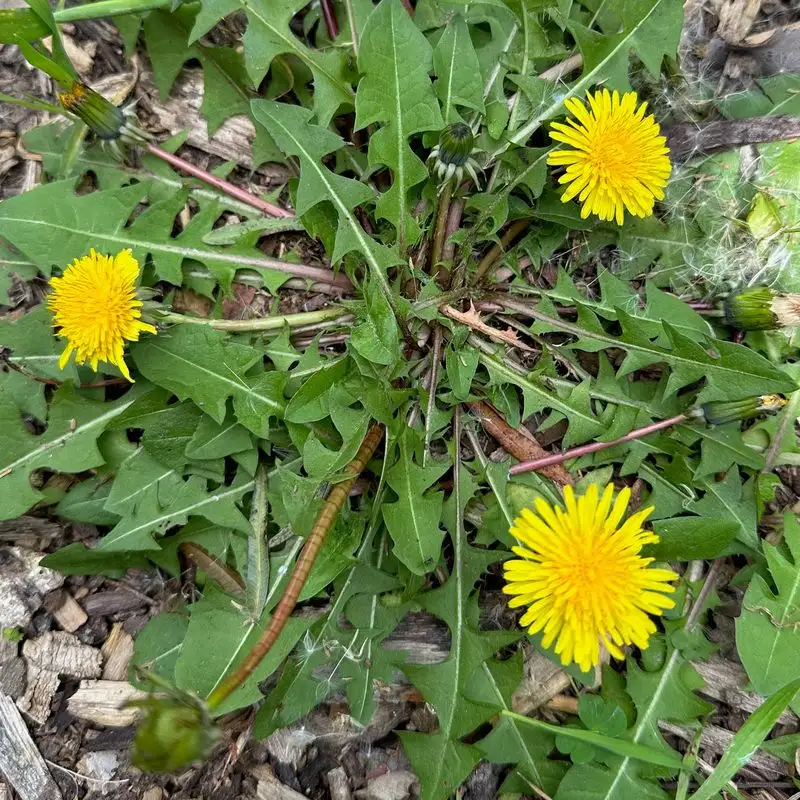
Dandelions might be seen as pesky weeds, but they’re a favorite among bees. Their bright yellow blooms are easy to spot for pollinators. In early spring, when not much else is flowering, they provide vital nectar and pollen. These plants are resilient, popping up in lawns and gardens everywhere.
Imagine a bee landing on a dandelion, its legs dusted with pollen. Not only do they support biodiversity, but their roots help aerate the soil. Next time you see a dandelion, consider leaving it for the bees. It’s a small step towards a healthier ecosystem.
Clover
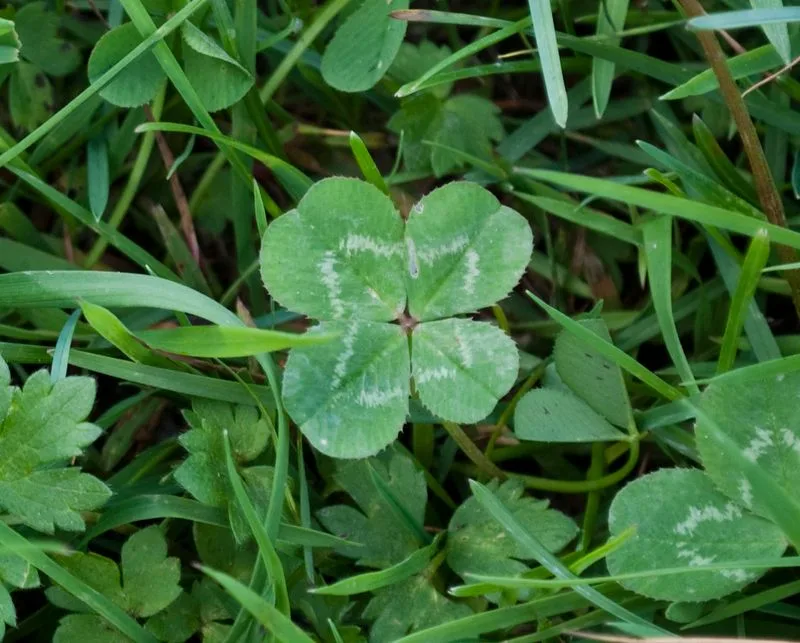
Clover is more than just a lucky charm. Its flowers are a magnet for bumblebees. These low-growing plants can transform lawns into pollinator havens. The sweet nectar inside their blossoms is a treat for many insects, ensuring a steady visitation.
By allowing clover to grow naturally, you can reduce the need for mowing, saving time and energy. As clover fixes nitrogen in the soil, it benefits other plants around it too. Embrace the natural beauty of clover and watch your garden buzz with life. A small patch can make a big difference.
Mint
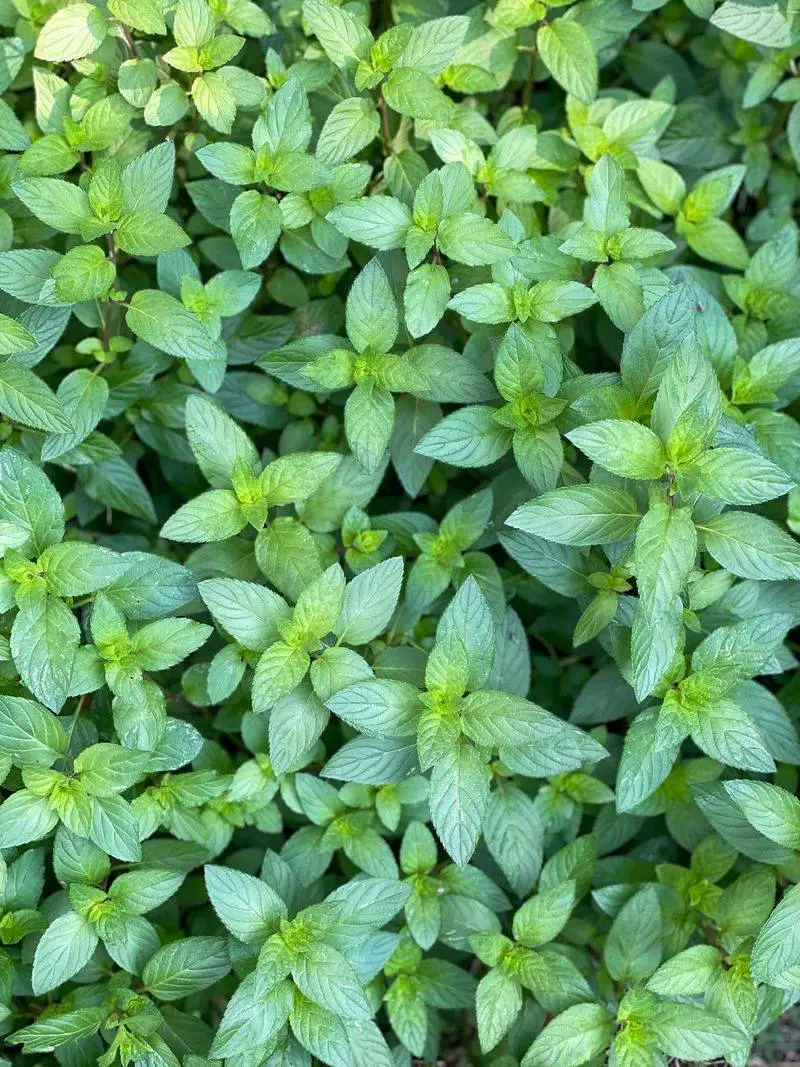
Mint isn’t just for tea. Its aromatic leaves and flowers are beloved by bees and butterflies alike. As mint blooms, it draws in pollinators with its subtle scent and sweet nectar. Be it spearmint or peppermint, they all play a part in supporting biodiversity.
Planting mint can also be beneficial for nearby vegetables, as it deters pests. However, mint can spread rapidly, so it’s wise to plant it in a contained area. With mint, you get a pollinator-friendly plant that is both practical and delightful. Enjoy the aroma and a garden full of life.
Nettle
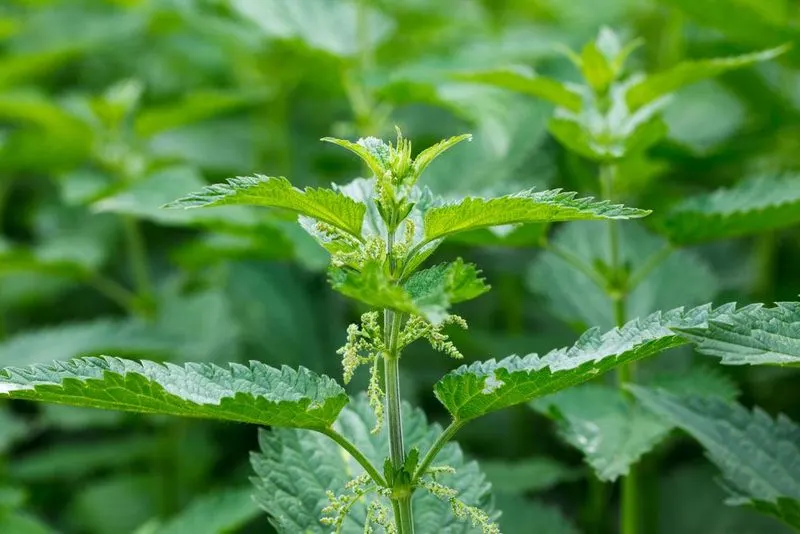
Nettles might sting, but they’re a powerhouse for biodiversity. Not only do they feed caterpillars of several butterfly species, but their flowers attract pollinators too. Insect life flourishes around nettle patches, creating a mini ecosystem.
Nettle leaves are also rich in nutrients, making them a good addition to compost. When handled with care, nettles are a fantastic resource for both wildlife and gardeners. By cultivating a patch of nettles, you’re supporting a wide variety of insects. Remember to wear gloves, and embrace this wild, wonderful plant.
Thistle
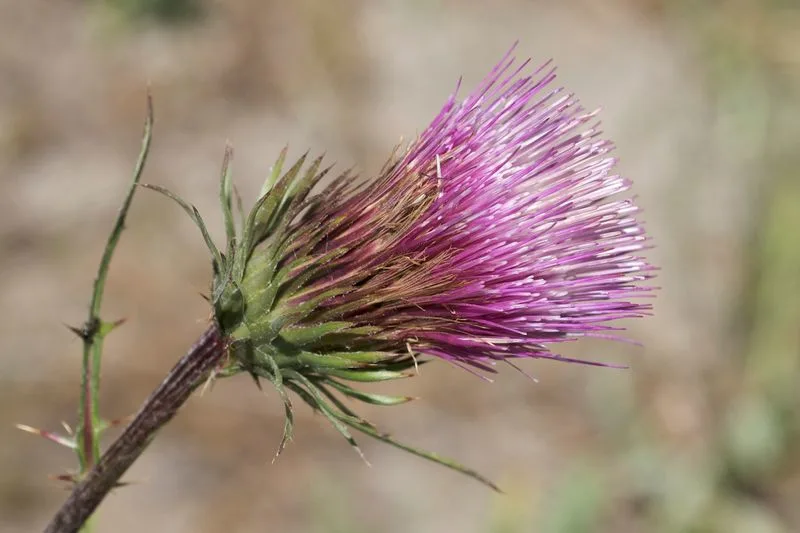
Thistles often get a bad rap, but their purple flowers are a beacon for pollinators. Bees and butterflies frequent thistle patches for their abundant nectar. These plants are incredibly hardy, thriving in poor soil conditions.
The prickly exterior may be off-putting, but thistles play a valuable role in ecosystems. They provide seeds for birds and habitats for insects. Allowing thistles to grow can add a splash of color to landscapes and support biodiversity. Appreciate their thorny beauty and the life they sustain. They’re more than just a weed.
Hawthorn
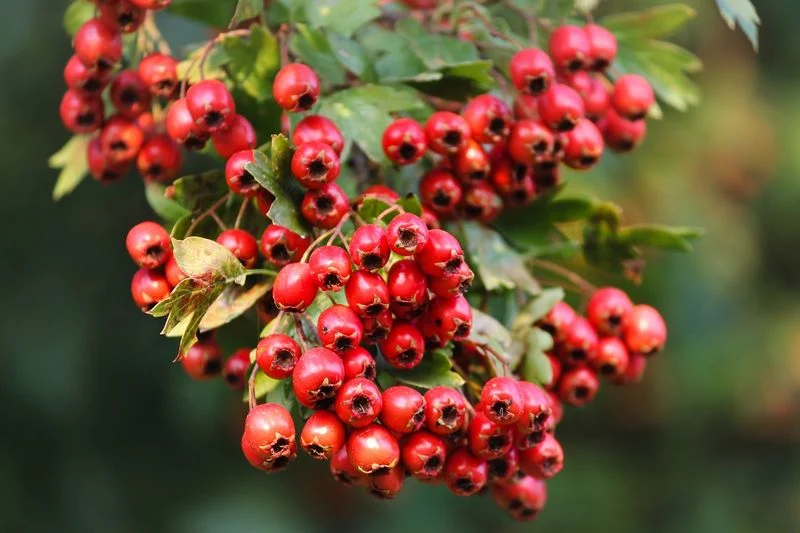
Hawthorn trees are not only beautiful but vital for many pollinators. Their clusters of white flowers bloom in spring, attracting bees with ease. As pollinators visit, they aid in the formation of haws, which are a favorite among birds.
These trees can serve as natural hedges, offering shelter to various wildlife. With deep roots, they also help prevent soil erosion. A hawthorn tree in your garden is a commitment to wildlife, providing resources for pollinators and birds alike. Let the hawthorn’s blossoms and berries brighten up your space.
Yarrow
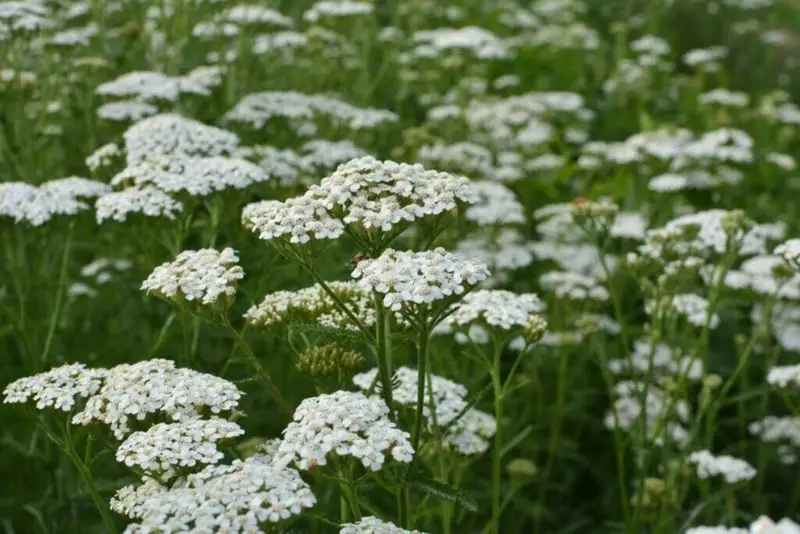
Yarrow’s delicate clusters of flowers are a delight for pollinators. Bees, butterflies, and even ladybugs flock to these blooms. Their long blooming season means they provide resources for much of the year.
Besides supporting pollinators, yarrow is also known for its medicinal properties. It can be used in teas or as a natural remedy. With its feathery foliage, yarrow adds texture and interest to gardens. By planting yarrow, you’re creating a vibrant environment for pollinators and potentially discovering a new herbal ally.
Sedum
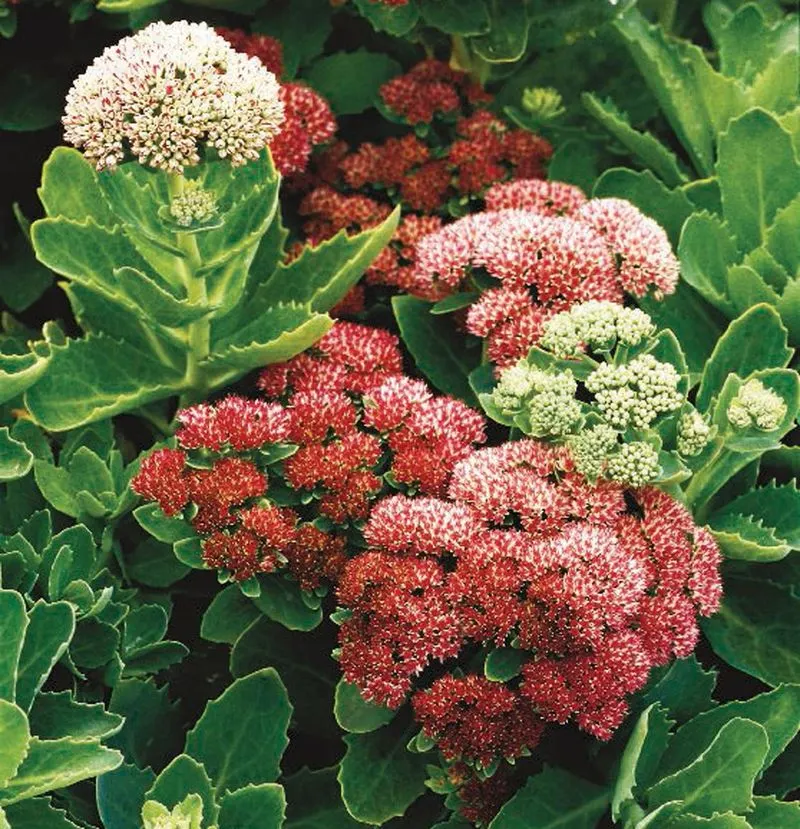
Sedum, with its succulent leaves and starry flowers, is perfect for attracting pollinators. These hardy plants thrive in dry soils and offer nectar when other flowers have faded. Bumblebees, in particular, are fond of sedum blooms.
Planting sedum in rock gardens or borders can bring color and life to these areas. Not only are they low maintenance, but they also provide for pollinators well into the fall. With sedum, your garden will be a sanctuary for insects. Welcome these resilient plants and watch them flourish. They truly stand out.
Calendula
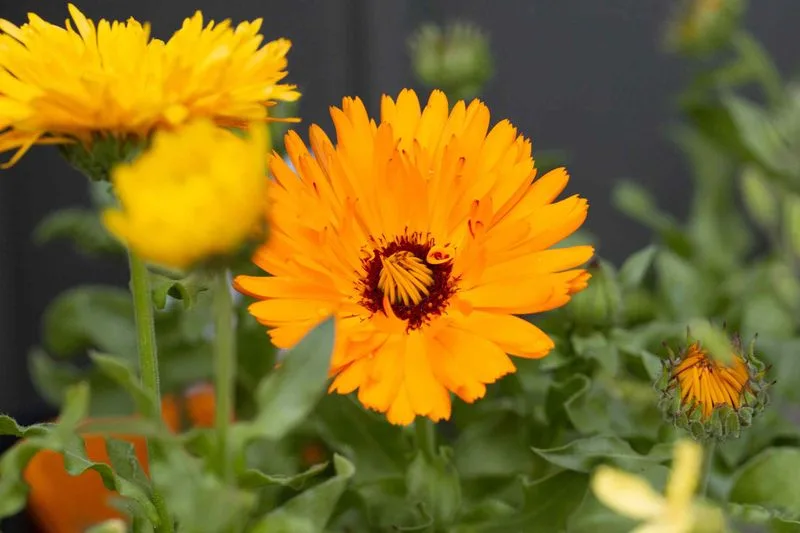
Calendula’s sunny blooms do more than just brighten up gardens. They’re a magnet for butterflies and bees. These hardy annuals are easy to grow and provide continuous blooms throughout the season.
Calendula petals are edible, adding color to salads or teas. Their natural oils also have soothing properties for the skin. By planting calendula, you’re offering a feast for pollinators and gaining a versatile plant for your garden. Embrace the cheerful blooms and the life they bring. They’re a colorful addition to any space.
Buckwheat
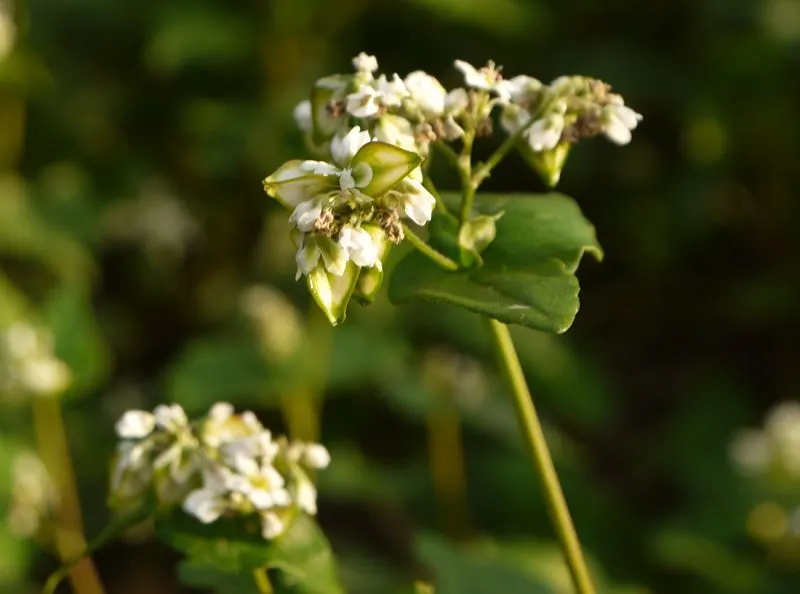
Buckwheat flowers are tiny, but they pack a punch when it comes to attracting pollinators. Honeybees, in particular, love the blossoms. As a fast-growing plant, buckwheat can quickly cover bare ground, preventing soil erosion.
Beyond being a pollinator favorite, buckwheat is also valued for its seeds, which can be harvested for flour. By planting buckwheat, you’re supporting pollinators and gaining a useful crop. Whether in a garden or a field, buckwheat is a valuable addition. It offers nutrition and protection, proving small plants can have a big impact.

